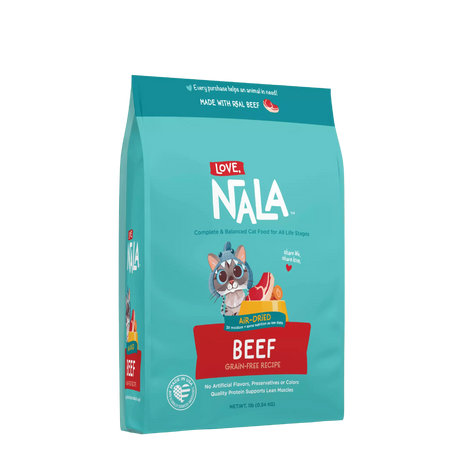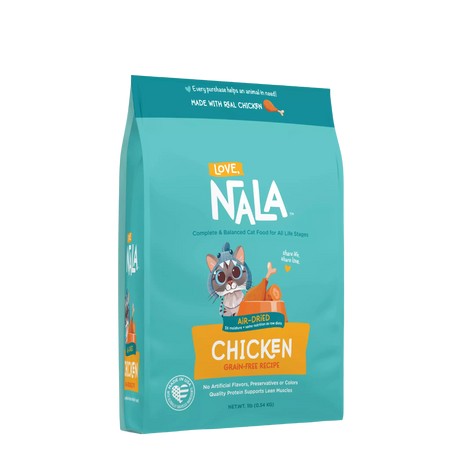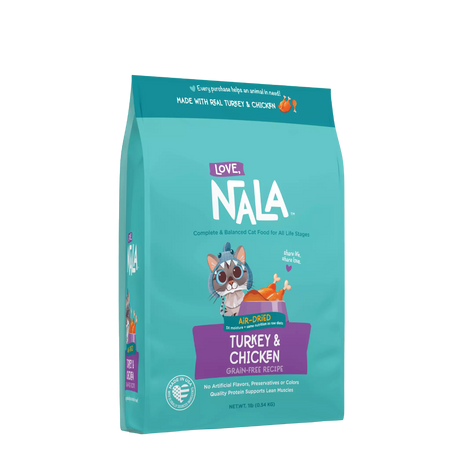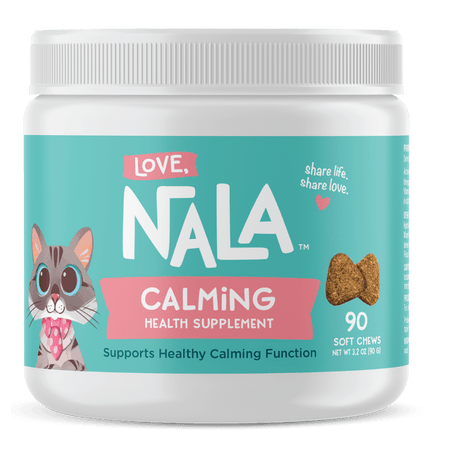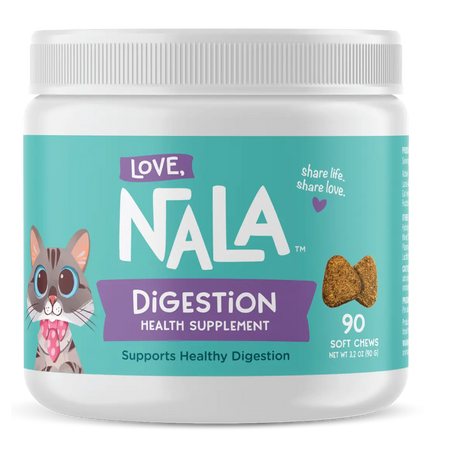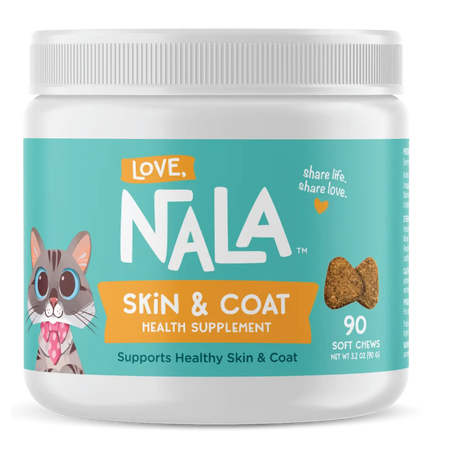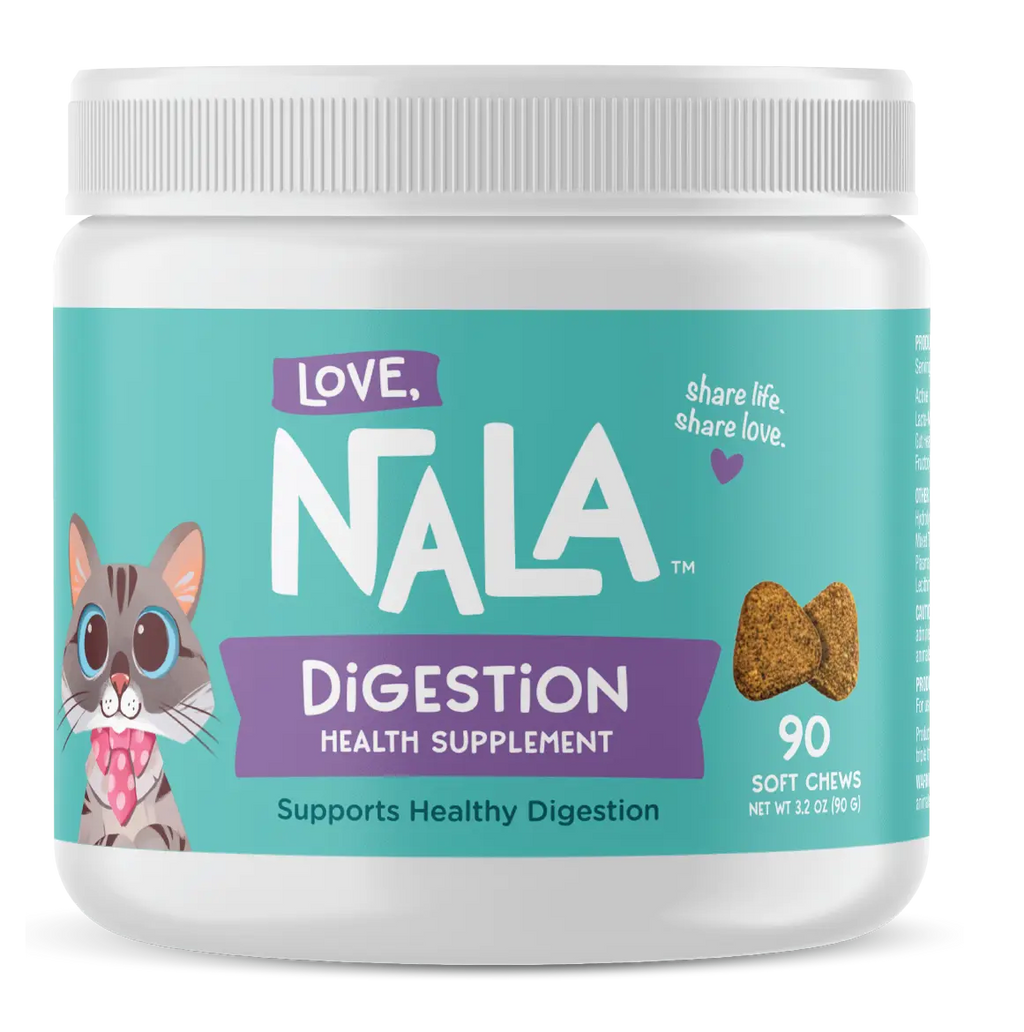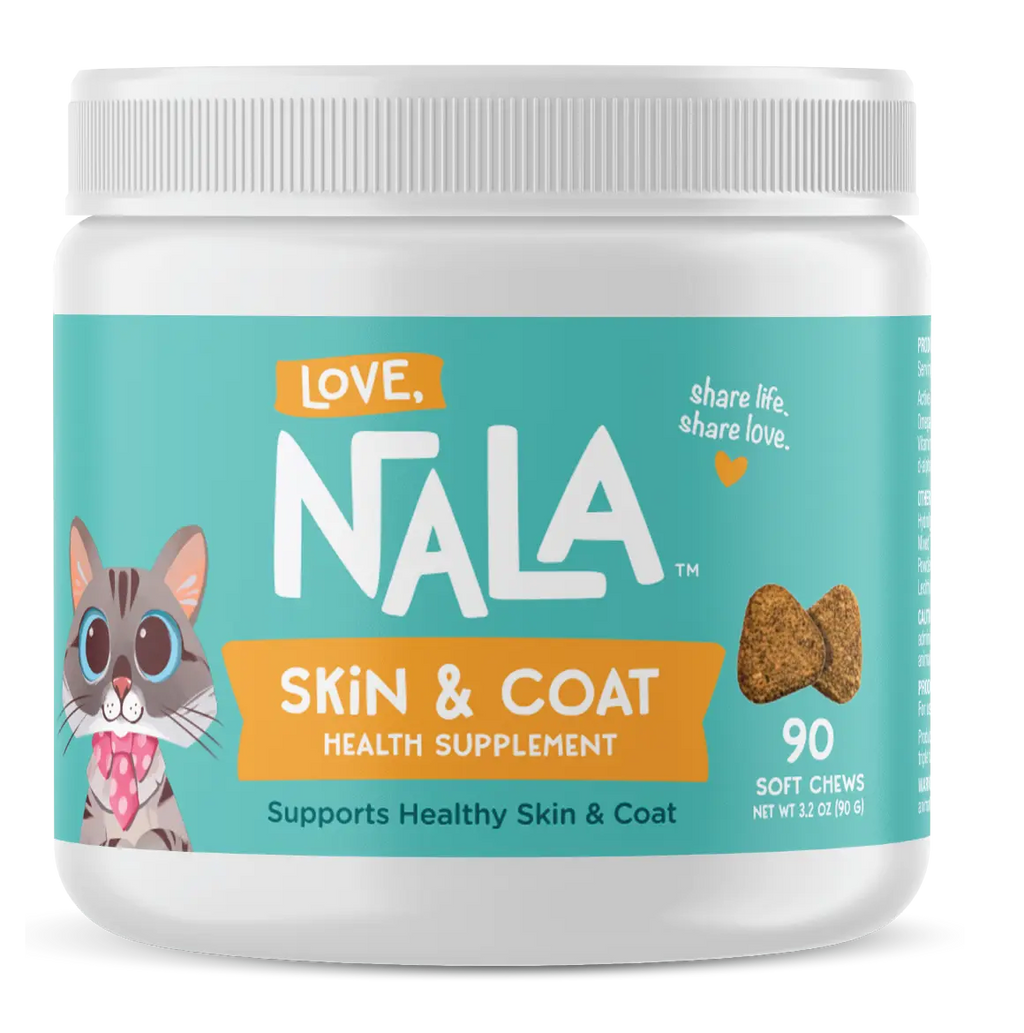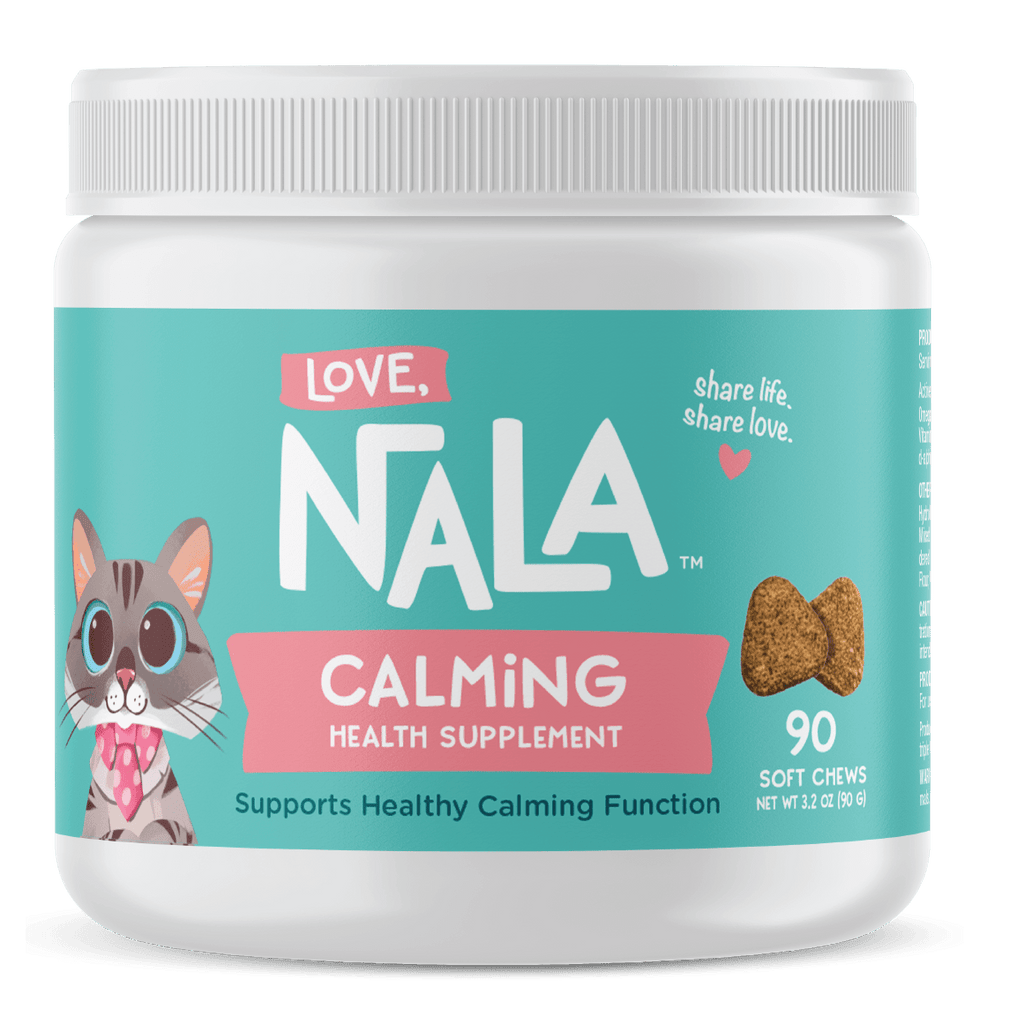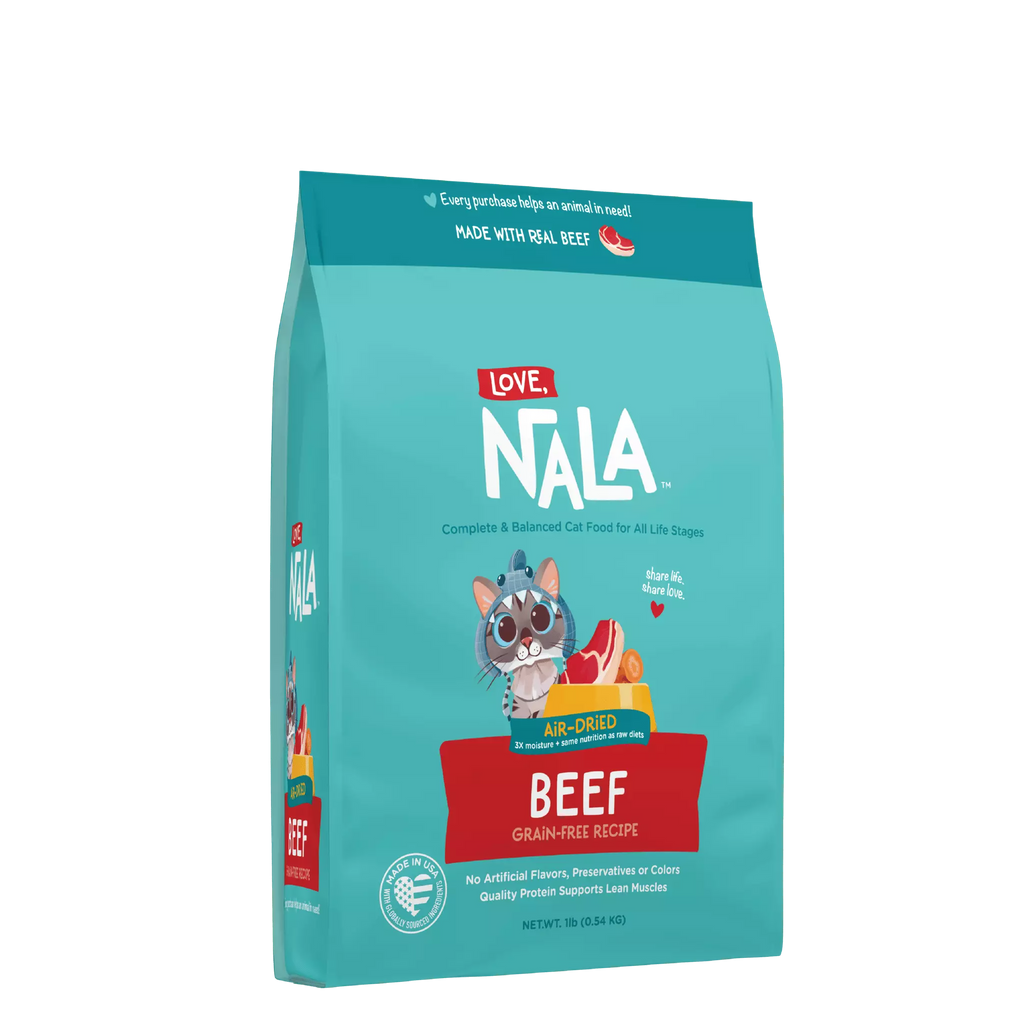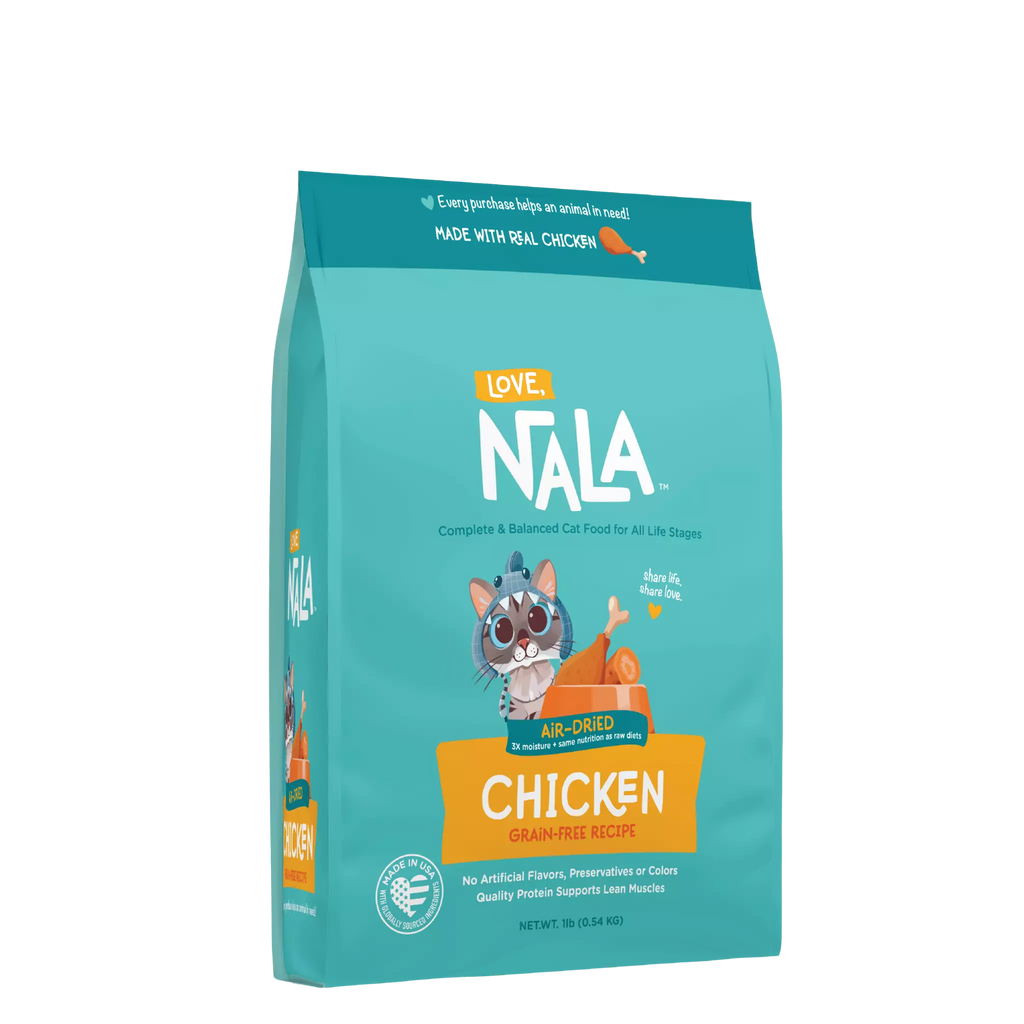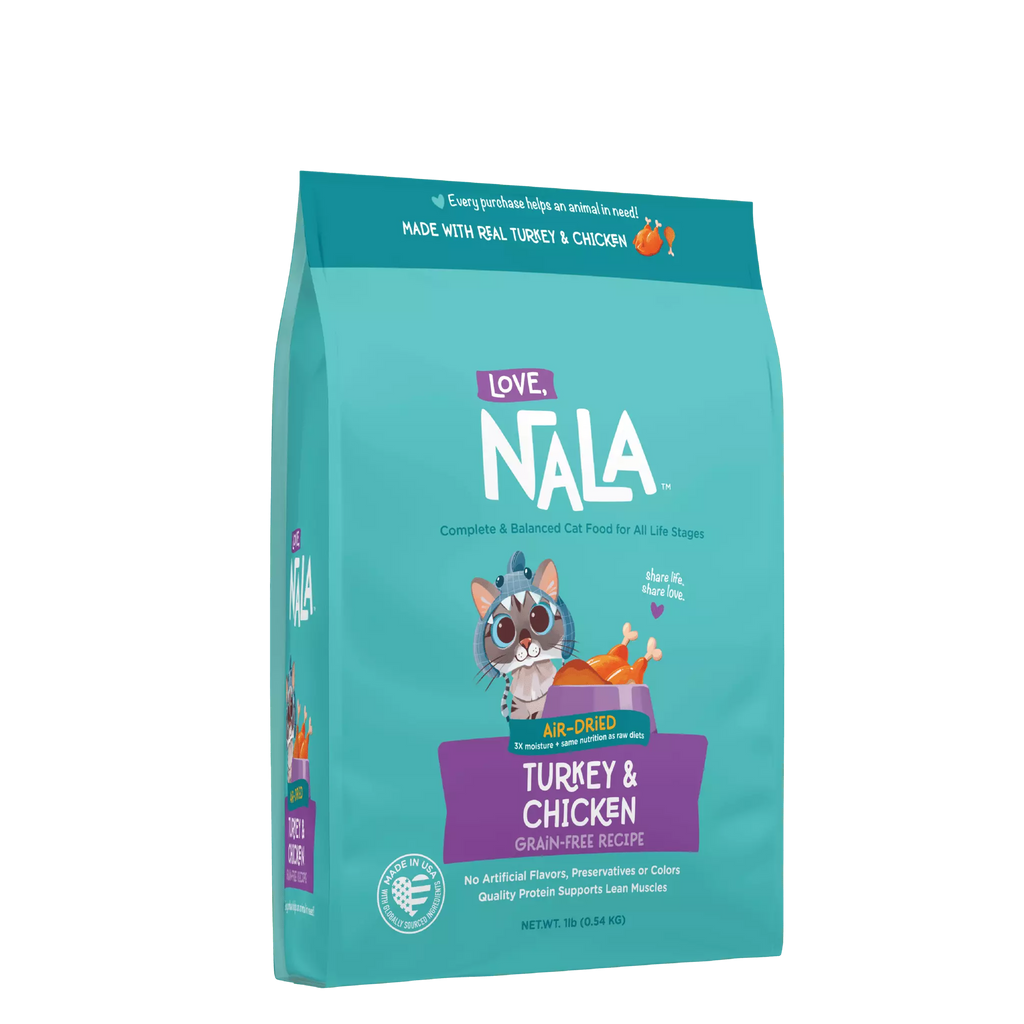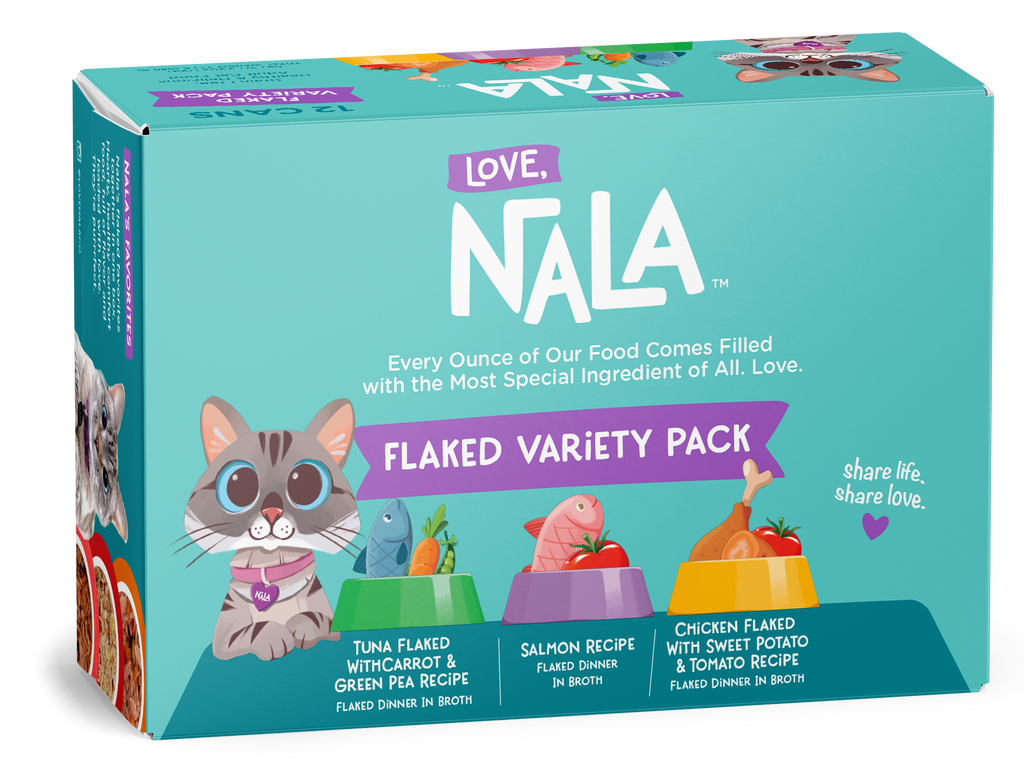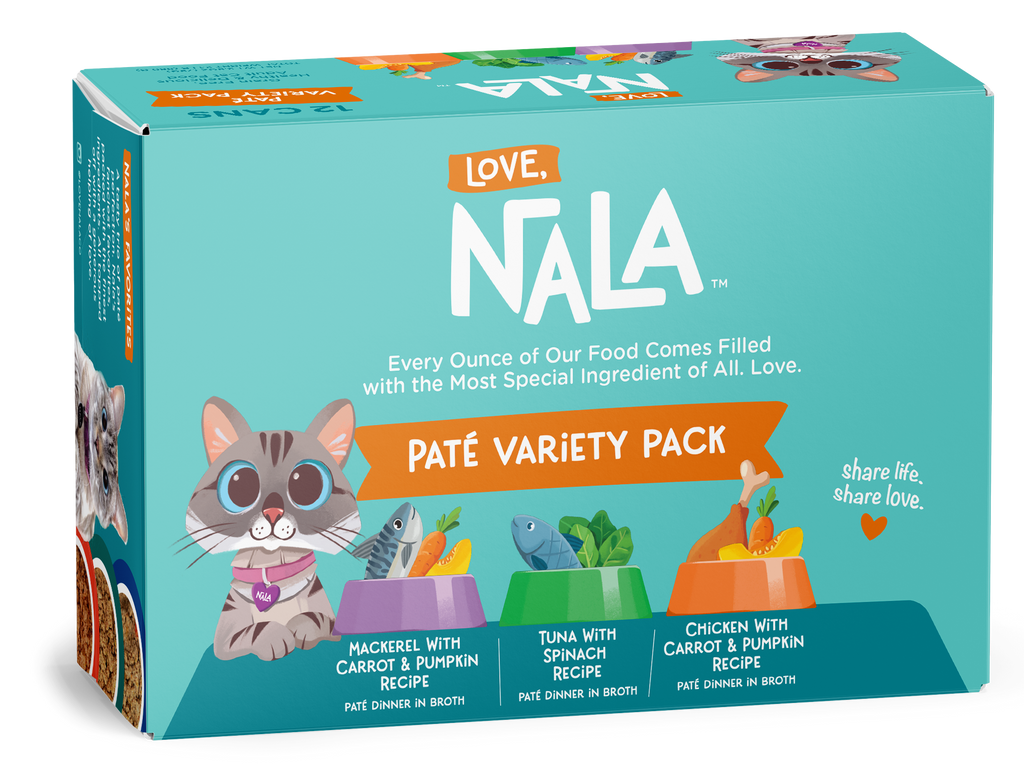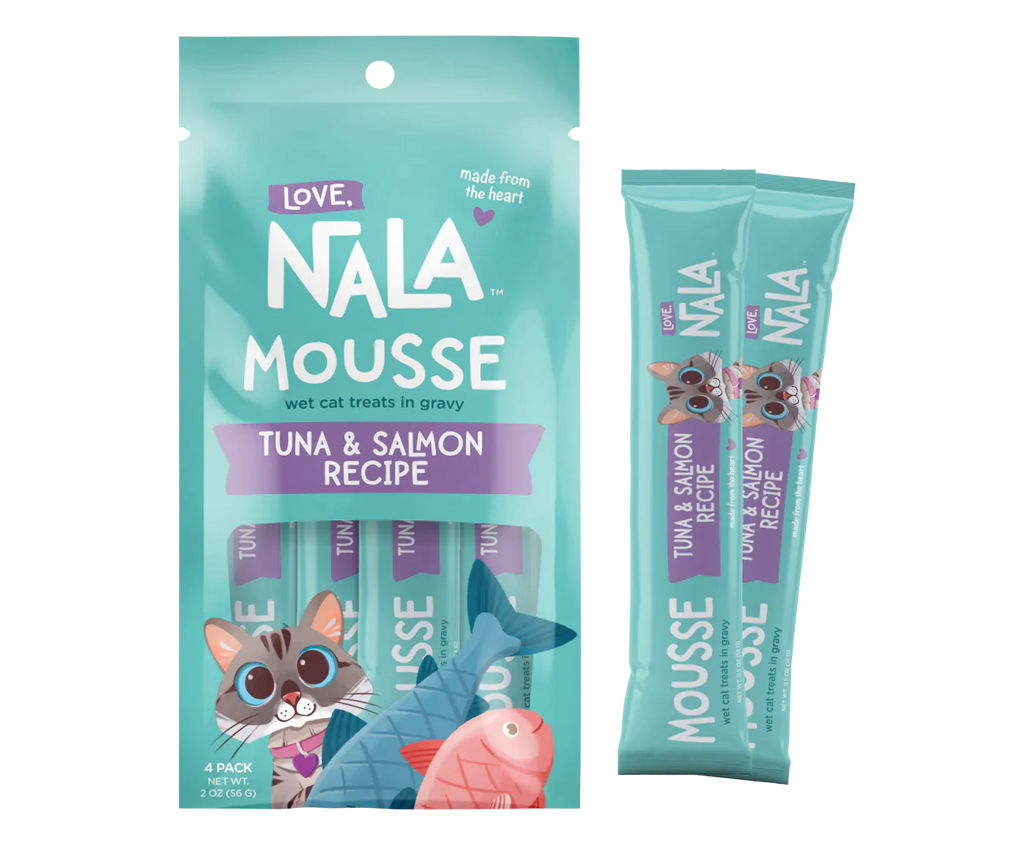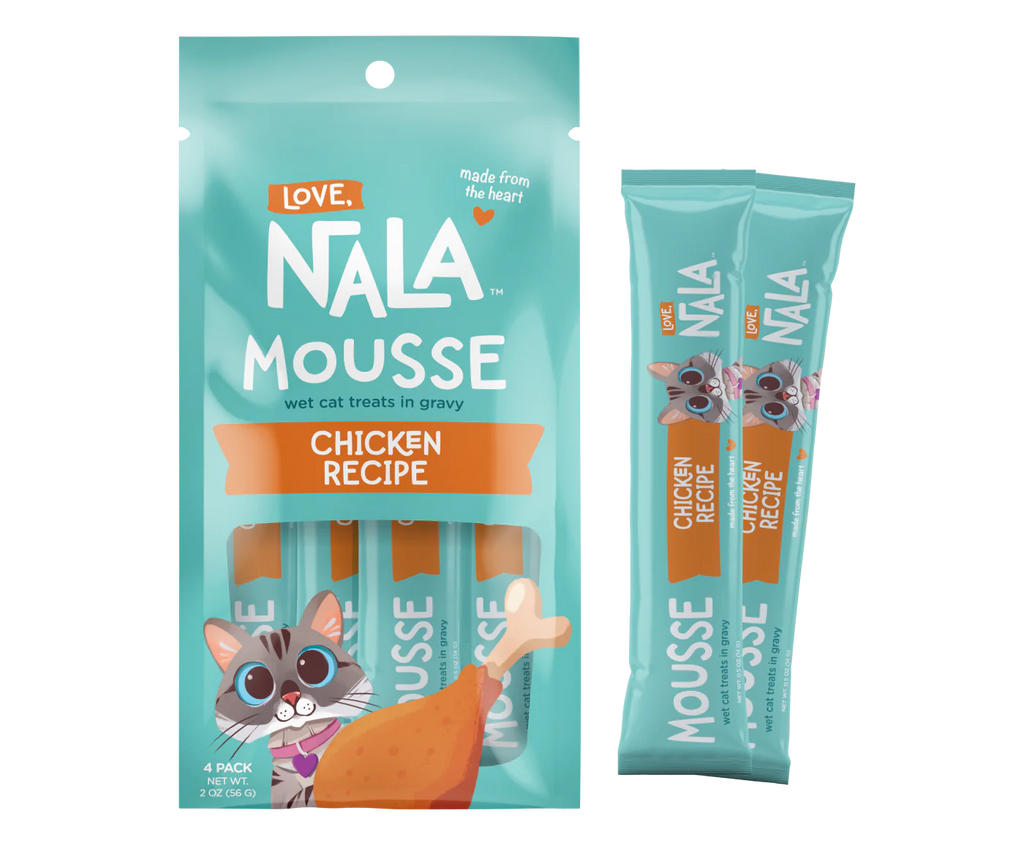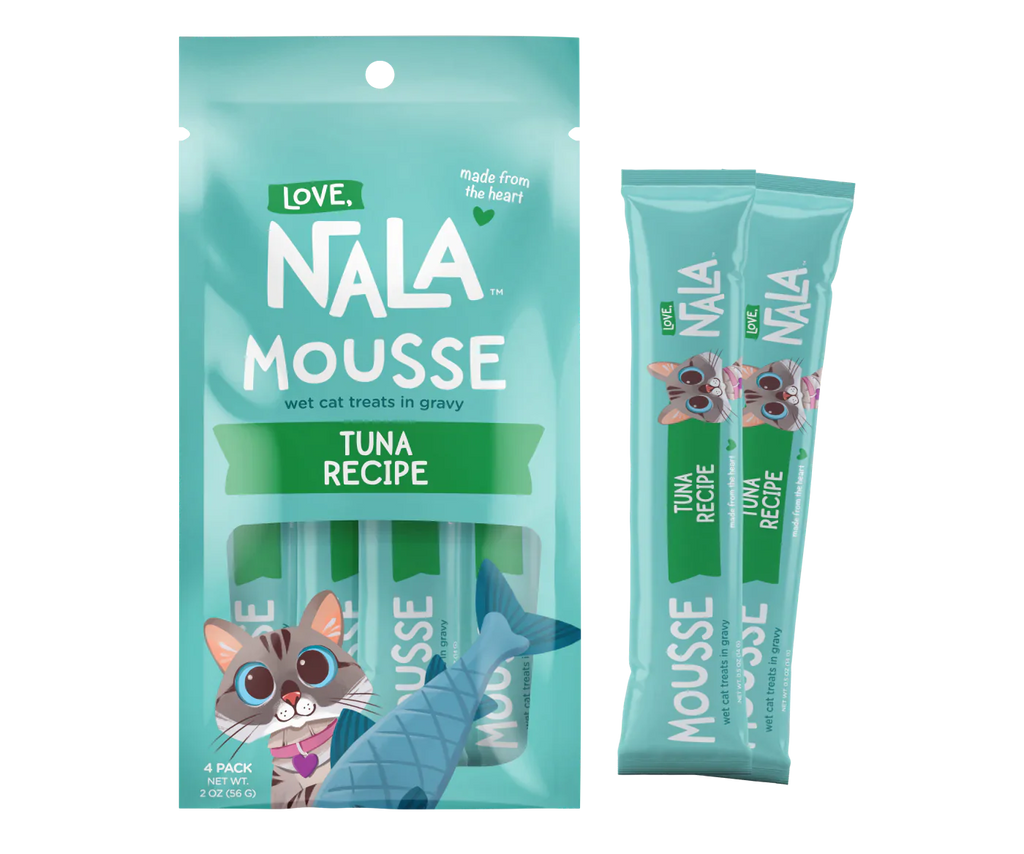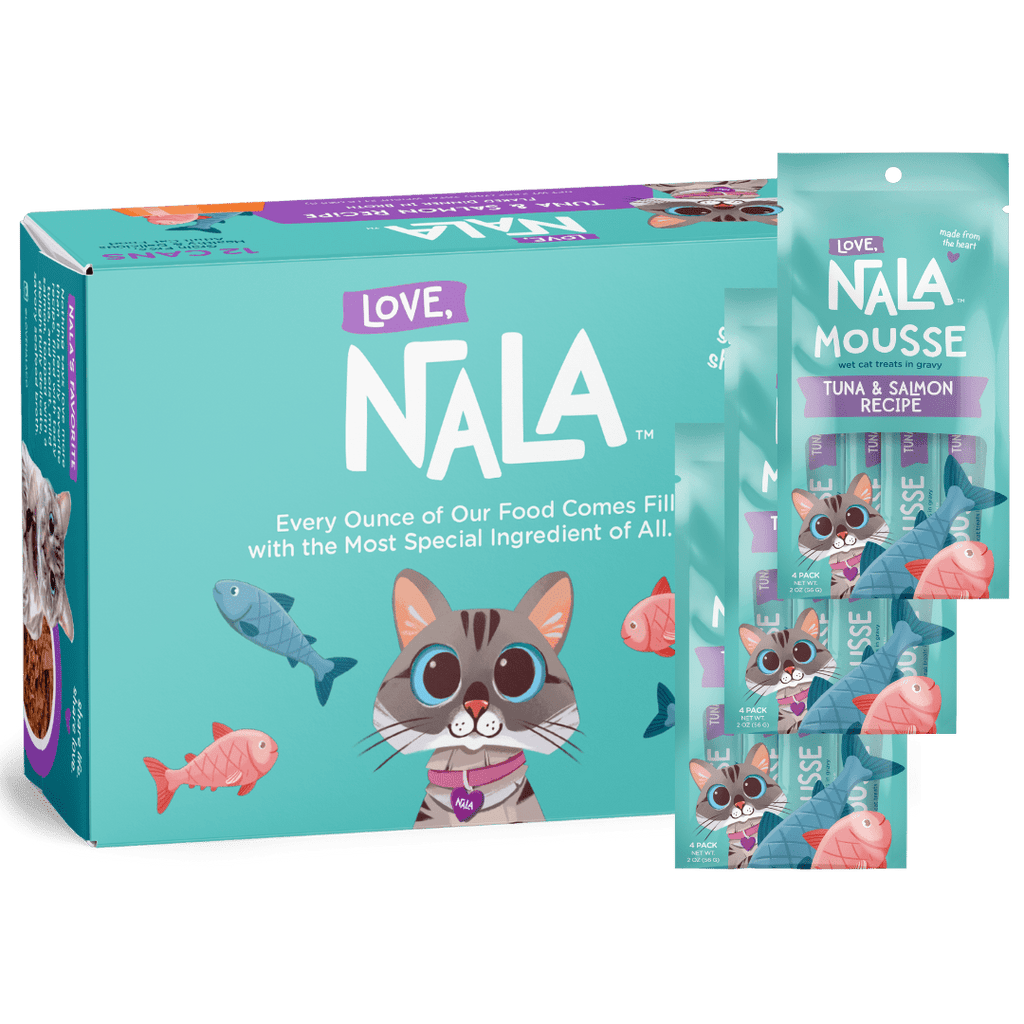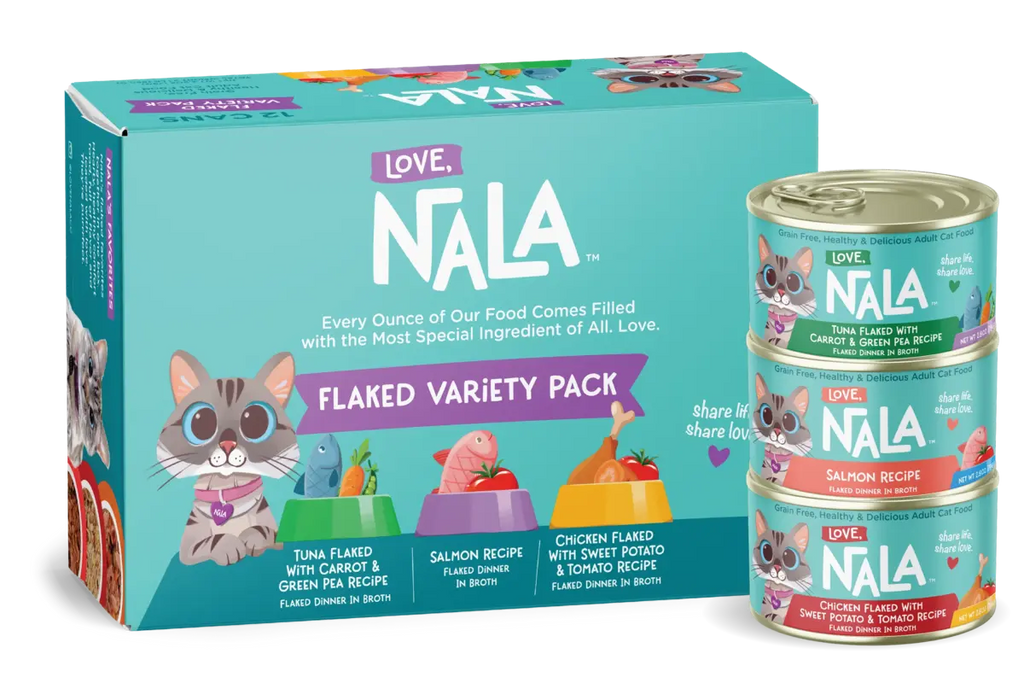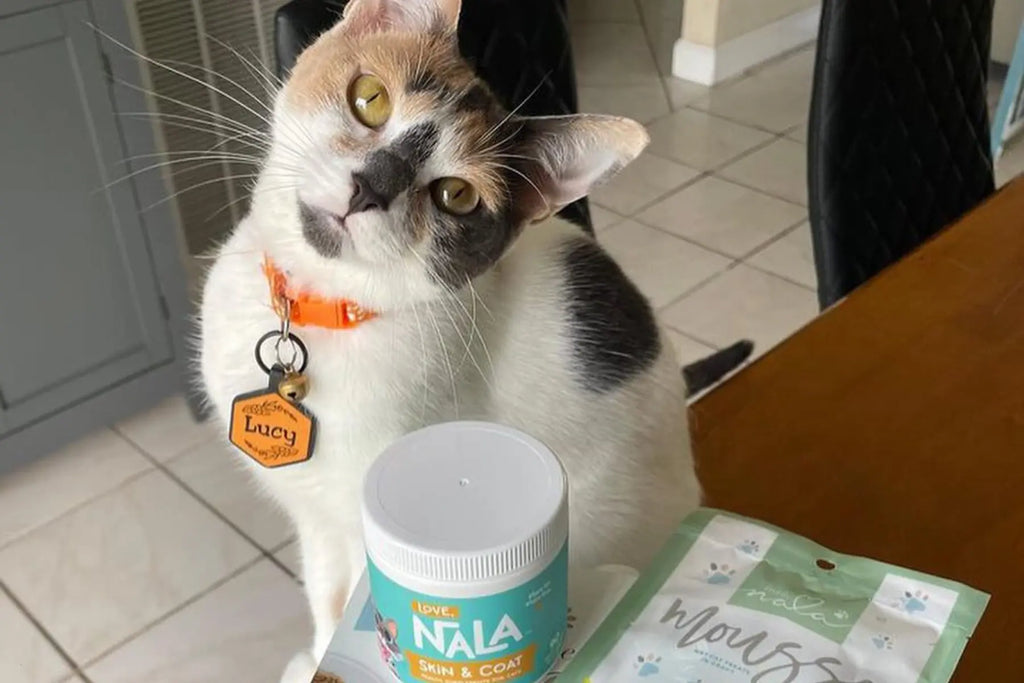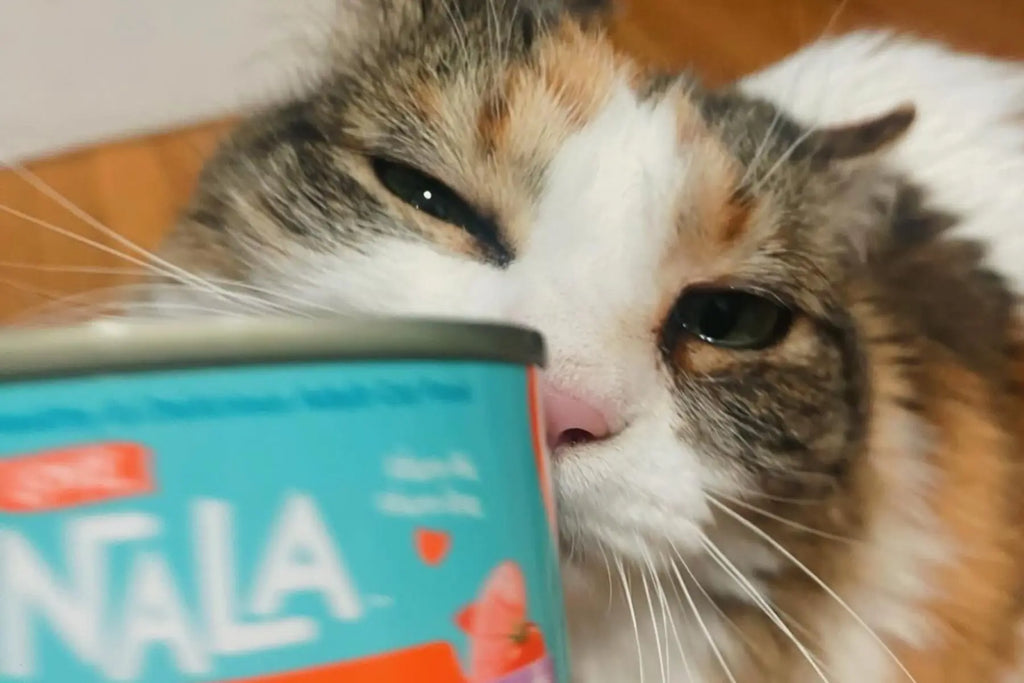Pumpkin is a vegetable often praised for its high nutritional content, packing a healthy punch with a host of vitamins and minerals. Its low-calorie profile and high fiber content make it an appealing ingredient in the healthiest dry cat food and the healthiest wet cat food. Specifically, canned pumpkin for cats can be a beneficial supplement, thanks to its rich concentration of Vitamin A, potassium, and fiber.
The Role of Pumpkin in Cat Food Production
Manufacturers of cat food have recognized the potential benefits of pumpkin, and it is becoming an increasingly common ingredient in many pet foods. The primary reason is its contribution to overall feline health. Pumpkin offers numerous advantages that support various aspects of a cat's well-being, making it a valuable addition to their diet.
Digestion Support
One of the notable benefits of pumpkin is its role in digestion support. Due to its high fiber content, pumpkin can aid in regulating a cat's digestive system. This natural source of fiber helps prevent constipation and can also alleviate diarrhea in cats. By incorporating pumpkin into their diet, cat owners can provide relief for their furry companions and promote healthy digestion.
Weight Management
Additionally, pumpkin is beneficial for weight management in cats. If you are searching for the best wet cat food for weight loss, considering options containing pumpkin is a wise choice. The high fiber content of pumpkin contributes to feelings of fullness, helping to control a cat's appetite. By including pumpkins in their meals, cat owners can assist in maintaining their pets' healthy weight and prevent obesity-related issues.
Urinary Health
Moreover, pumpkin's water content, combined with cat food for urinary health, is advantageous for maintaining urinary health in cats. Adequate hydration, provided by the best wet cat food for urinary health, is essential for proper urinary function, and pumpkin's natural moisture can assist in this regard. By including pumpkin in cat food formulations designed specifically for urinary health, manufacturers can provide cats with an additional source of hydration, promoting a healthy urinary system.

Unraveling the Unique Benefits of Pumpkin in a Cat's Diet
Pumpkin's benefits extend beyond its nutritional content, offering cats an array of health advantages that other ingredients may not provide. Incorporating pumpkin into a cat's diet can have several positive effects on its overall well-being. Here are some additional benefits of including pumpkin in a cat's diet:
Hydration
As mentioned above, pumpkin can support hydration, particularly beneficial for cats that primarily eat dry food. Proper hydration is essential for maintaining healthy organ function, including kidney health. By adding pumpkin to their diet, cat owners can ensure that their feline companions receive an additional source of moisture, promoting optimal hydration levels.
Hairball Control
Fiber plays a crucial role in a cat's digestive system, and pumpkin is an excellent source of dietary fiber. The fiber in pumpkin can assist with hairball control by helping ingested fur pass through the digestive tract more smoothly. This can reduce the occurrence of hairballs in cats and prevent potential discomfort or gastrointestinal issues associated with excessive hair ingestion.
Key Considerations for a Pumpkin-rich Diet
Successfully introducing pumpkin into your cat's diet requires careful planning, starting with feeding the correct amount. When considering a pumpkin-rich diet for your feline friend, there are several key considerations to keep in mind to ensure their health and well-being. Here are some important factors to consider:
Correct Feeding Amount
While pumpkin provides many benefits, overfeeding can cause issues. It's crucial to determine the appropriate feeding amount for your cat. Start small and gradually increase the portion size to monitor your cat's acceptance. This allows their digestive system to adjust and ensures that they don't experience any discomfort or digestive upset.
Monitoring for Allergies
Just like humans, cats can be allergic to certain foods. When introducing pumpkin or any new ingredient into your cat's diet, it's essential to be observant for signs of an allergic reaction. If you notice any reactions, consult your veterinarian.
Balanced Diet Maintenance
A balanced diet is crucial for your cat's overall health and well-being. Pumpkin should be incorporated as a supplement rather than a replacement for other essential nutrients in your cat's diet. While pumpkin is a great source of fiber and can aid in digestion, it should be part of a diverse and balanced meal plan that includes high-quality protein, fats, and other necessary nutrients.
Ensuring Cat's Acceptance
Introducing new foods to cats can be a challenge, as some cats might be reluctant to try new things. Patience and gradual introduction are key to ensuring they accept this new addition to their diet. Mix a small amount of pureed pumpkin with their regular food and gradually increase the proportion over time. By doing so, you can help them develop a positive association with pumpkins and increase the likelihood of them accepting it into their diet.
Introducing Pumpkin into Your Cat's Diet: A Practical Guide
Now that we understand the potential benefits of pumpkin, how do we include it in our cat's meals? Start by adding a small amount of canned pumpkin to your cat's food. Over time, you can increase the amount, ensuring not to disrupt a balanced diet. Keep meals interesting by switching between grain-free cat food, healthy cat treats, and different varieties of wet and dry food, all supplemented with pumpkin.
Creative Meal Ideas
- Pumpkin Puree Mix - Create a tasty pumpkin puree mix by combining cooked pumpkin with your cat's favorite wet food. This will add a burst of flavor and nutrients to their meal.
- Pumpkin Treats - Bake homemade pumpkin treats for your feline friend using pumpkin puree, oat flour, and a touch of catnip. These treats can serve as rewards during training sessions or simply as a delightful snack.
- Pumpkin Stew - Experiment with a hearty pumpkin stew by simmering lean meat, vegetables, and a dollop of pumpkin puree in a low-sodium broth. This warm and comforting meal will keep your cat satisfied and nourished.
Smooth Transition to a Pumpkin-inclusive Diet
Introducing new ingredients to your cat's diet, such as cat food pumpkin, should be a gradual process to ensure a smooth transition. Rapid changes in a cat's diet can cause digestive upset. Introduce pumpkin slowly, and be patient. During the transition, observe your cat closely. If your cat experiences reactions, it may be necessary to adjust the portion size or consult your vet.
Regular vet check-ups are also crucial to monitor your cat's health during dietary changes. Inform your vet about your intention to include pumpkin in your cat's diet, and discuss the best strategies for doing so.

Pumpkin can be an excellent supplement to your cat's diet, especially when looking for healthy wet cat food options or the best cat food for indoor cats. It provides a range of health benefits, including supporting digestion and assisting in weight management. However, it's important to remember that every cat is unique, and what works for one may not work for another. Regular vet check-ups, careful observation, and patience are key when introducing pumpkin into your cat's diet. Your feline friend may well enjoy the taste and reap the numerous health benefits, enhancing their overall well-being and quality of life.
